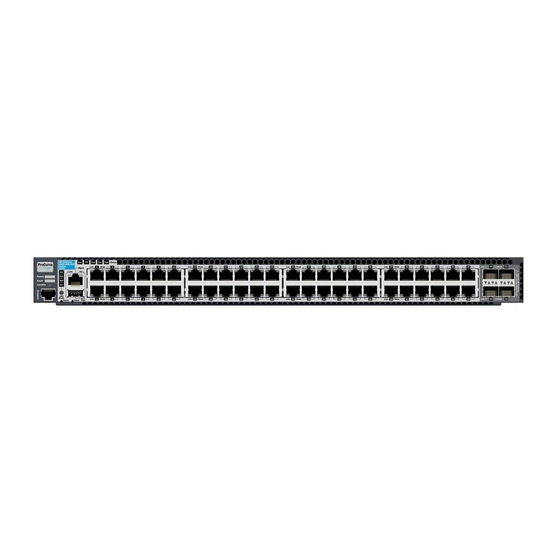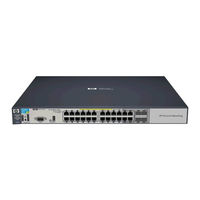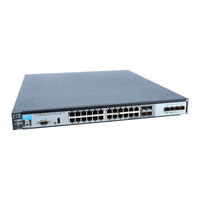
HP ProCurve 6600-48G Manuals
Manuals and User Guides for HP ProCurve 6600-48G. We have 3 HP ProCurve 6600-48G manuals available for free PDF download: Advanced Traffic Management Manual, Technical Overview, Product End-Of-Life Disassembly Instructions
HP ProCurve 6600-48G Advanced Traffic Management Manual (460 pages)
Switch Software
Table of Contents
Advertisement
Advertisement


